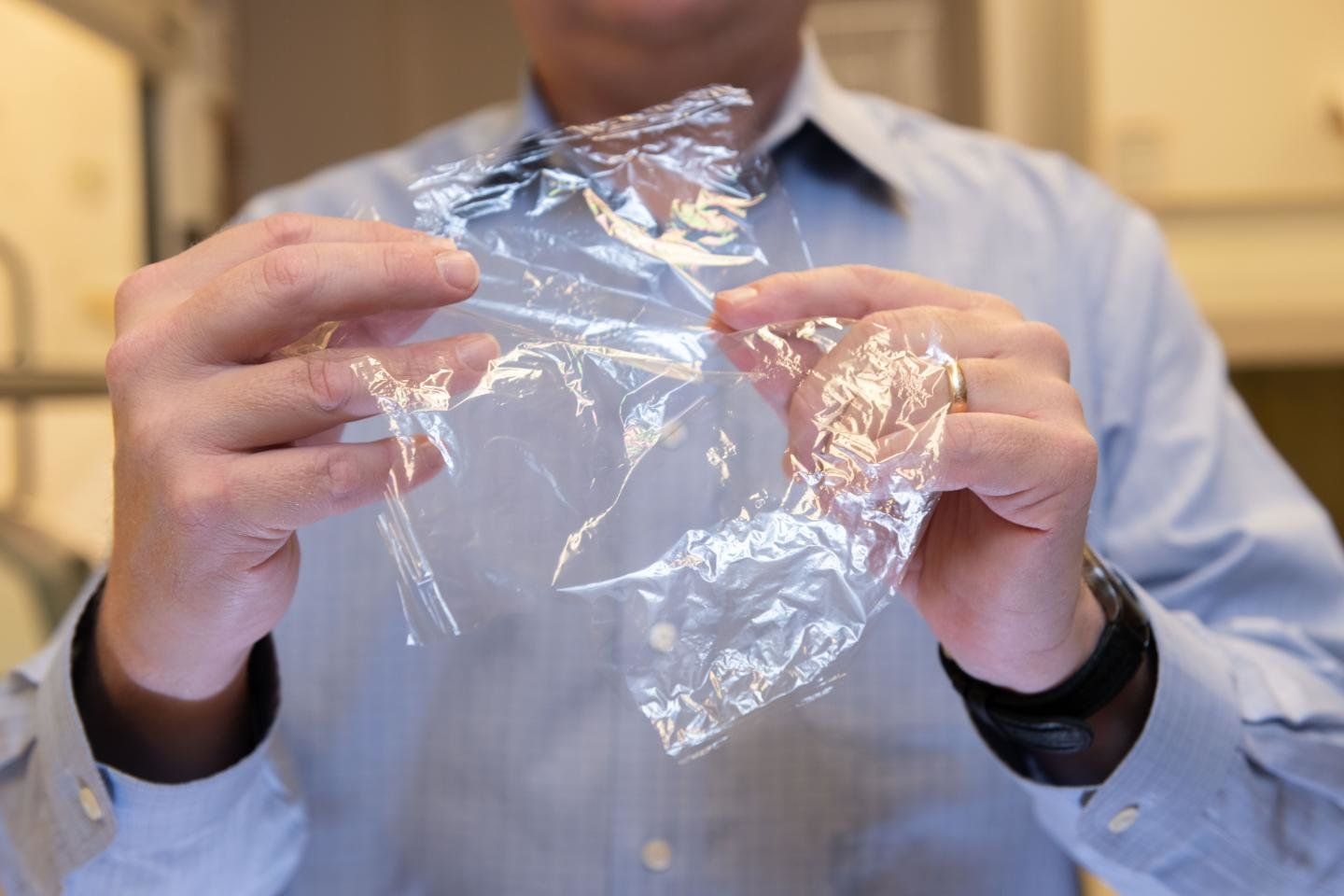Quantum communication and cryptography are the future of high-security communication. But many challenges lie ahead before a worldwide quantum network can be set up, including propagating the quantum signal over long distances. One of the major challenges is to create memories with the capacity to store quantum information carried by light. Researchers at the University of Geneva (UNIGE), Switzerland, in partnership with CNRS, France, have discovered a new material in which an element, ytterbium, can store and protect the fragile quantum information even while operating at high frequencies. This makes ytterbium an ideal candidate for future quantum networks, where the aim is to propagate the signal over long distances by acting as repeaters. These results are published in the journal Nature Materials.
Quantum cryptography today uses optical fibre over several hundred kilometres and is marked by its high degree of security: it is impossible to copy or intercept information without making it disappear.
However, the fact that it is impossible to copy the signal also prevents scientists from amplifying it to diffuse it over long distances, as is the case with the Wi-Fi network.









